1. The Jolly Green Giant
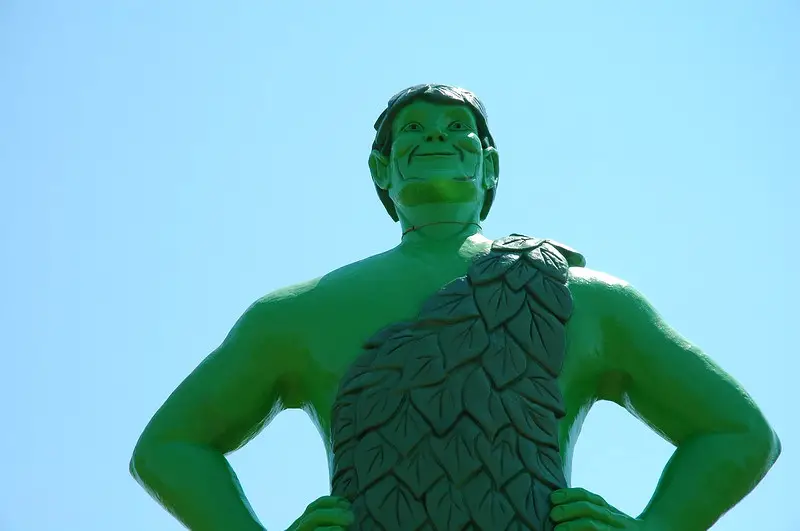
The Jolly Green Giant was once the face of the Green Giant vegetable brand, towering over ads with a friendly, approachable demeanor. First introduced in 1928, his image evolved over the years, from a serious figure to a more lighthearted and playful mascot. However, as the years went on and marketing shifted to more modern approaches, the once-iconic giant faded from TV screens shares Smithsonian Magazine.
By the early 2000s, the Green Giant’s advertisements became less frequent, and he slowly disappeared from the public eye. The character’s charm couldn’t outlast changing consumer tastes, and the mascot was quietly phased out. Today, the brand’s marketing is more focused on product benefits and less on its larger-than-life symbol, leaving fans of the old ads to reminisce about his towering presence adds AdWeek.
2. The Taco Bell Chihuahua
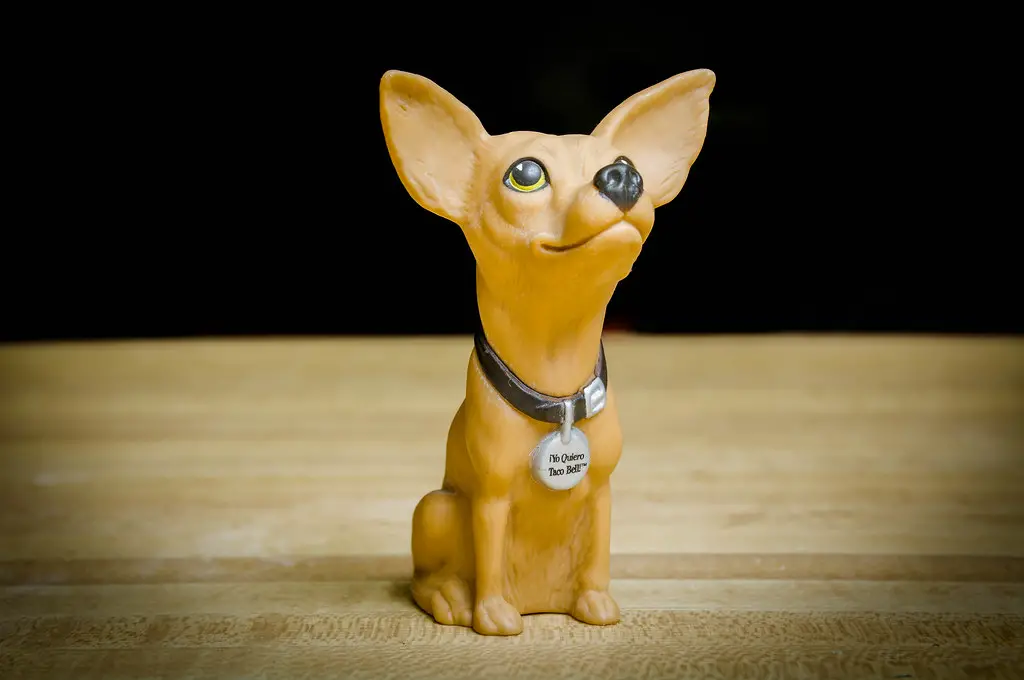
This tiny dog captured the hearts of many in the late ’90s, starring in a series of humorous Taco Bell commercials. With his catchphrase “¡Yo quiero Taco Bell!” the Chihuahua became a cultural sensation. The ad campaigns were playful and memorable, turning the dog into a pop culture phenomenon shares Chowhound.
However, the Chihuahua’s fame was short-lived. In 2000, after several years of being the face of Taco Bell, the company decided to retire the character amid some controversy. Though the dog’s disappearance seemed sudden, it was likely due to the changing attitudes in advertising, as well as the brand’s desire to refresh its image adds Yahoo.
3. The California Raisins
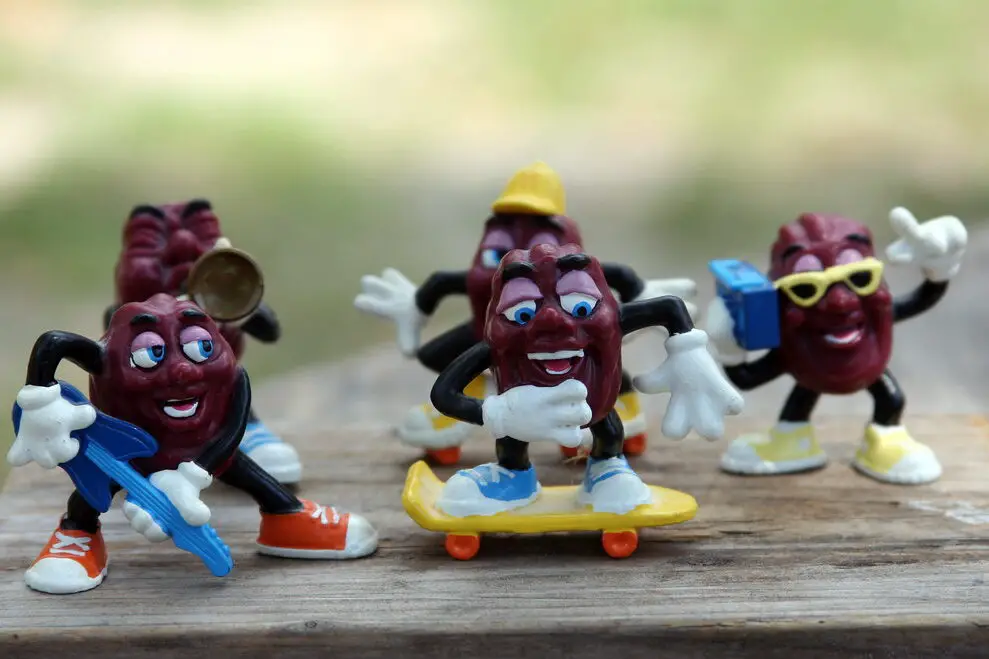
These claymation figures, shaped like raisins and singing Motown hits, became a hit in the ’80s. Their charm, combined with their quirky animation and catchy music, made them popular in commercials. The California Raisins were everywhere, even making appearances on TV specials and albums, cementing their place in pop culture.
Despite their success, the California Raisins vanished almost as quickly as they appeared. By the late ’80s, the claymation craze had died down, and the raisin characters faded into obscurity. They were quietly dropped from the advertising scene, never to return in the same way.
4. Mr. Whipple
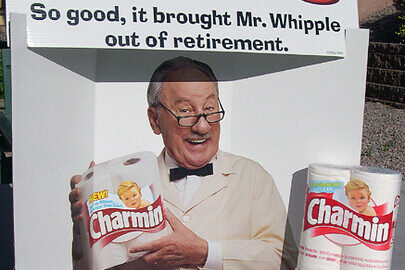
Mr. Whipple, the grocer from the Charmin toilet paper ads, was a beloved character who encouraged people not to squeeze the Charmin. His catchphrase, “Please don’t squeeze the Charmin!” became one of the most recognizable in advertising history. Played by actor Dick Wilson, Mr. Whipple appeared in commercials for over 20 years, becoming synonymous with the product.
Despite his popularity, Mr. Whipple quietly disappeared in the mid-’80s. As Charmin’s advertising strategy shifted, the character was retired, and newer, more modern campaigns took his place. While he made occasional appearances in later ads, the lovable grocer never returned to the spotlight.
5. The Pillsbury Doughboy
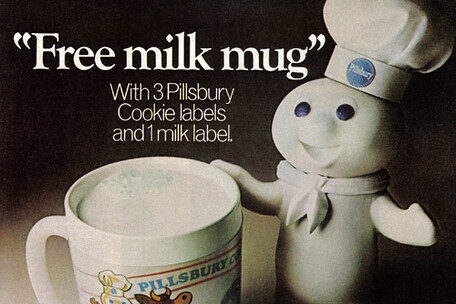
Though the Pillsbury Doughboy has remained somewhat active, his presence has dramatically diminished over the years. First introduced in 1965, the lovable, giggling dough character became a staple in the brand’s commercials. His playful demeanor and famous giggle made him instantly recognizable to audiences.
In recent years, the Doughboy’s appearances have been few and far between. With the rise of more serious marketing tactics and a shift in consumer preferences, the character has been sidelined. The Doughboy now only appears in special holiday commercials or limited-time promotions, but he no longer dominates the brand’s advertising.
6. Kool-Aid Man
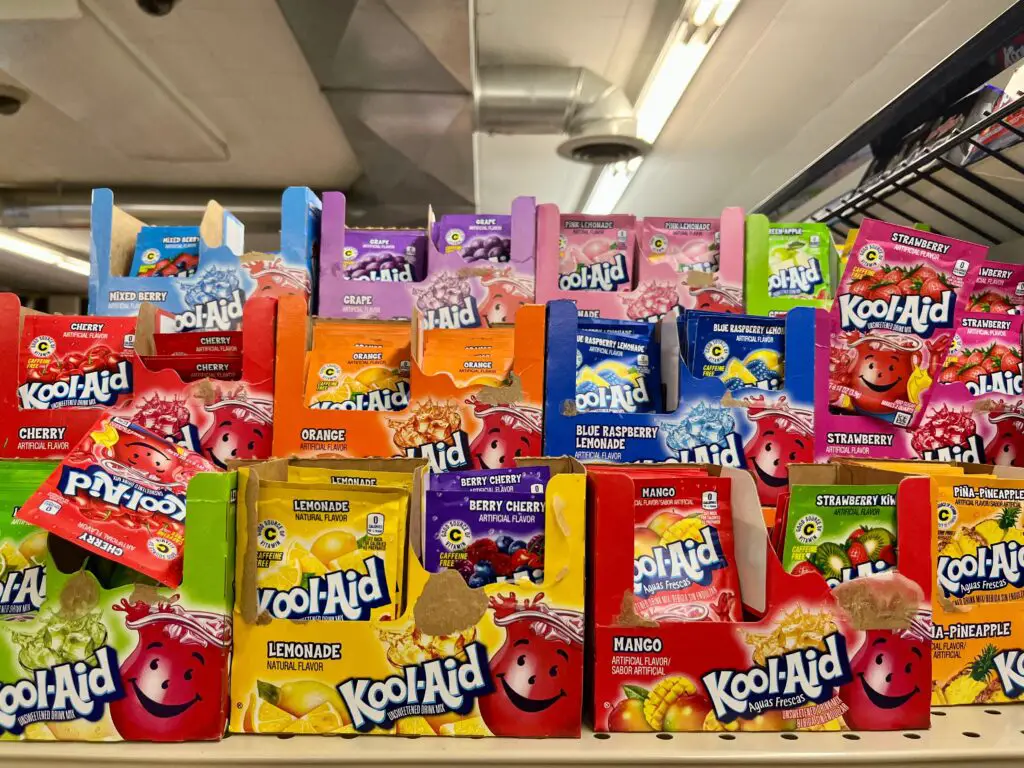
The Kool-Aid Man, with his signature catchphrase “Oh, yeah!” and a tendency to burst through walls, was once the star of many commercials. The character’s larger-than-life personality and vibrant red color made him an unforgettable mascot for the Kool-Aid brand. For years, he was a symbol of fun, youthful energy, and sugary drinks.
However, as concerns about sugar consumption and health grew, Kool-Aid’s marketing began to change. By the late 2000s, the Kool-Aid Man’s presence was reduced, and he was rarely seen in ads. Though he occasionally reappears in nostalgic campaigns, he is no longer as prominent as he once was.
7. Cap’n Crunch

Cap’n Crunch has been the face of Quaker Oats’ cereal brand since 1963, commanding attention with his naval uniform and charming personality. The character was a hit with kids, and his antics in various commercial adventures made him a household name. His role in TV ads continued for decades, as he maintained the title of the mascot.
In more recent years, Cap’n Crunch’s appearances have been less frequent. While still an important part of the brand, his role has been overshadowed by newer marketing campaigns targeting a broader audience. The Cap’n’s once-constant presence has faded into the background, leaving his iconic character less visible on screen.
8. The Aflac Duck
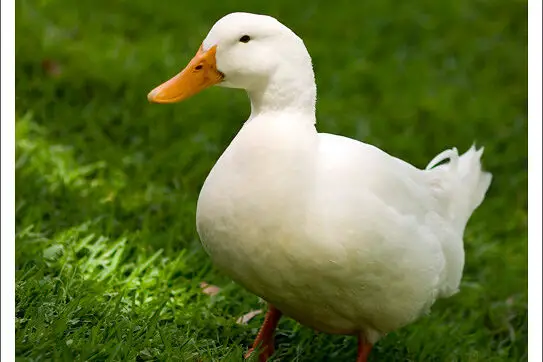
While not exactly gone, the Aflac Duck had a much more significant presence in the early 2000s, known for its quirky honks and frequent appearances in insurance commercials. The character became synonymous with the Aflac brand, and its antics helped make insurance more entertaining. The duck was at the height of its popularity, with frequent TV commercials and even media appearances.
In the 2010s, the Aflac Duck’s role started to shrink, especially after the company changed its advertising strategy to appeal to an older demographic. The duck was still used, but it wasn’t the constant presence it once was. While it occasionally appears, it no longer commands the same level of attention it once had.
9. The Michelin Man
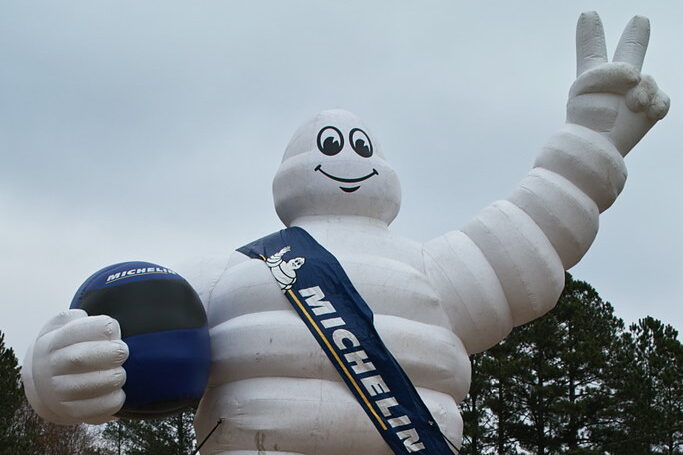
The Michelin Man, or “Bibendum,” was one of the most recognizable mascots for over a century, with his iconic white, tire-based appearance. He starred in commercials and advertising campaigns that showcased the durability and reliability of Michelin tires. His character had a long-lasting presence, becoming synonymous with the tire brand worldwide.
Despite his deep-rooted association with the brand, the Michelin Man gradually faded out of commercials in the late 2000s. As Michelin’s marketing strategies evolved, the company focused on more modern approaches, and Bibendum’s frequent appearances dwindled. Though he occasionally reappears in ads, he is no longer the central figure he once was.
10. The Energizer Bunny
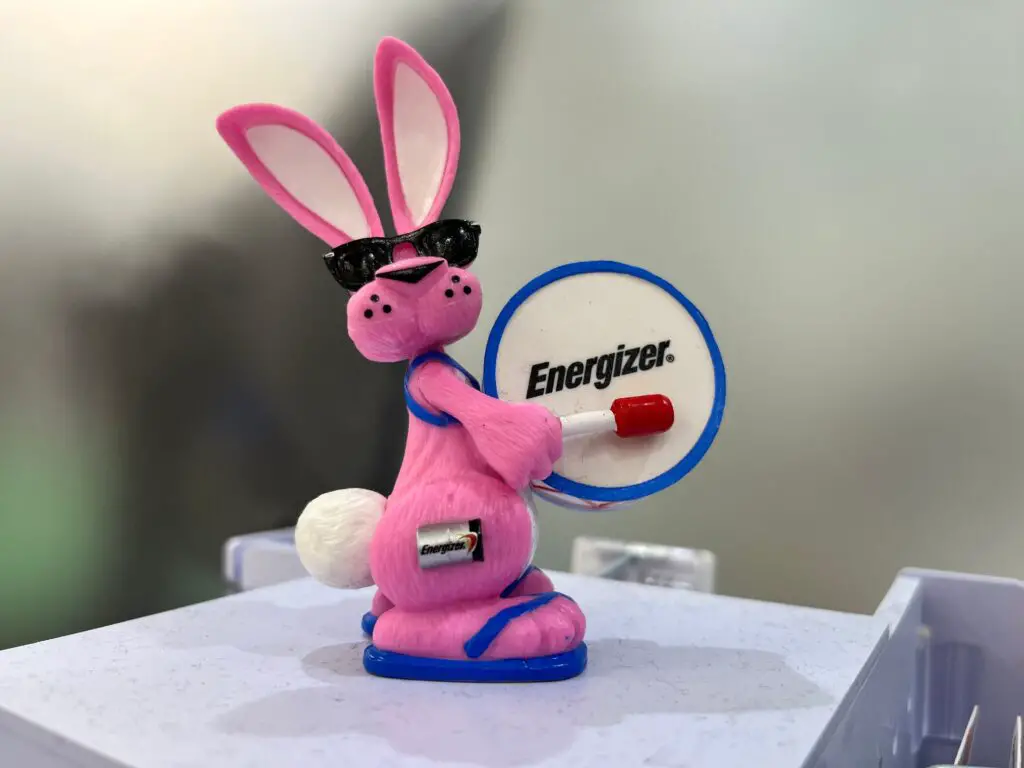
The Energizer Bunny, famous for his endless drumming and relentless stamina, was a key figure in advertising for Energizer batteries. His catchphrase, “It keeps going, and going, and going,” made him synonymous with long-lasting power. The mascot was everywhere during the ’90s and early 2000s, appearing in countless TV ads.
In recent years, the Energizer Bunny’s presence has diminished significantly. As the market for batteries has shifted and as newer ad strategies emerged, the bunny was gradually phased out. He still makes the occasional appearance but no longer dominates the scene as he once did.
11. The Geico Gecko
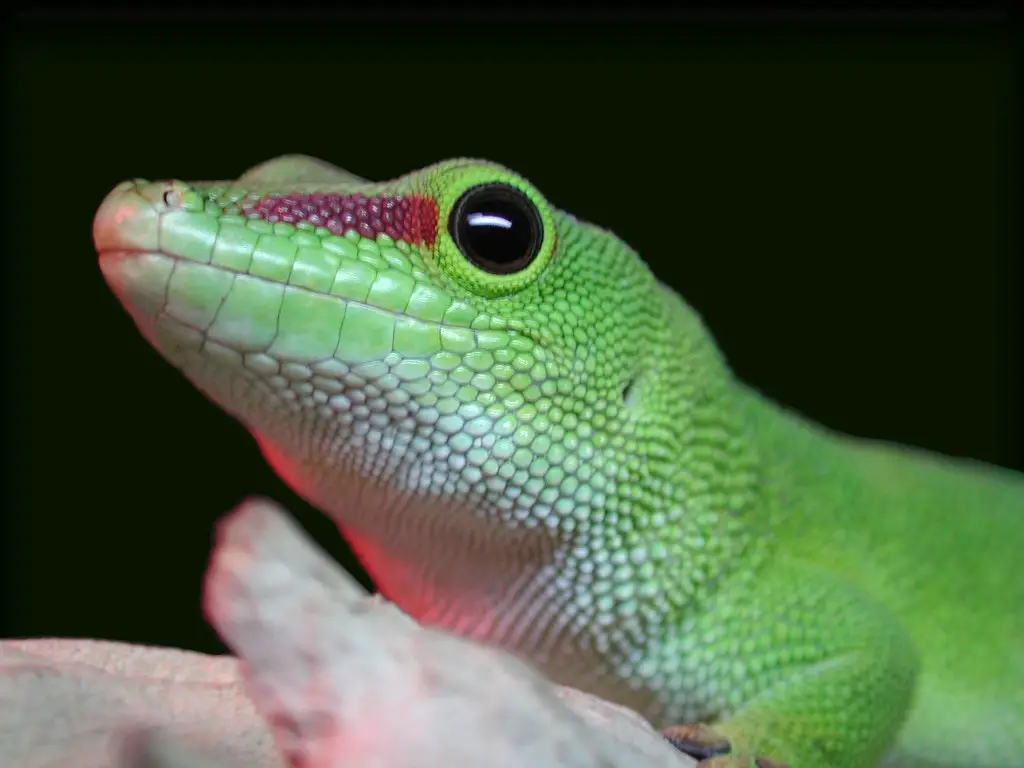
Though still a major player in Geico’s advertising, the Geico Gecko’s prominence has been overtaken by other characters in the brand’s ever-expanding mascot roster. The adorable gecko, who first appeared in 1999, quickly became a favorite with his humorous lines and British accent. He was often paired with more elaborate storylines, leading to a massive following.
In recent years, however, the gecko has been less visible as Geico’s commercials increasingly feature other characters like the caveman or the stack of money. Though still present, the gecko’s role in the ad campaigns has quietly diminished, with his appearances being less frequent and impactful.
12. Mr. Clean
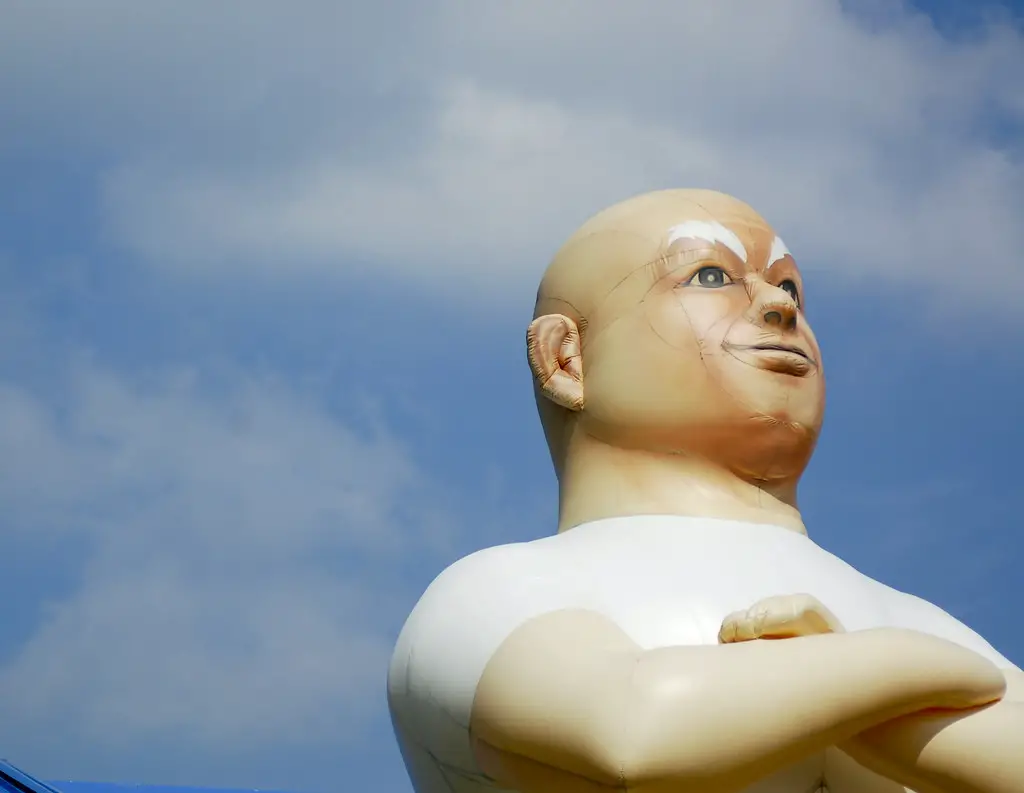
Mr. Clean, the bald, muscular figure associated with household cleaning products, was one of the most recognizable mascots for decades. His “Mr. Clean Magic Eraser” campaign brought his character into homes across America. The mascot’s strong and reassuring presence made him a go-to figure in the cleaning aisle.
By the mid-2010s, however, the brand shifted its focus to a broader range of cleaning products, and Mr. Clean’s dominance in ads lessened. Though the character still appears, it’s usually in a more toned-down, less prominent role. Mr. Clean is now only a shadow of his former self in the world of TV commercials.
13. The M&M’s Characters
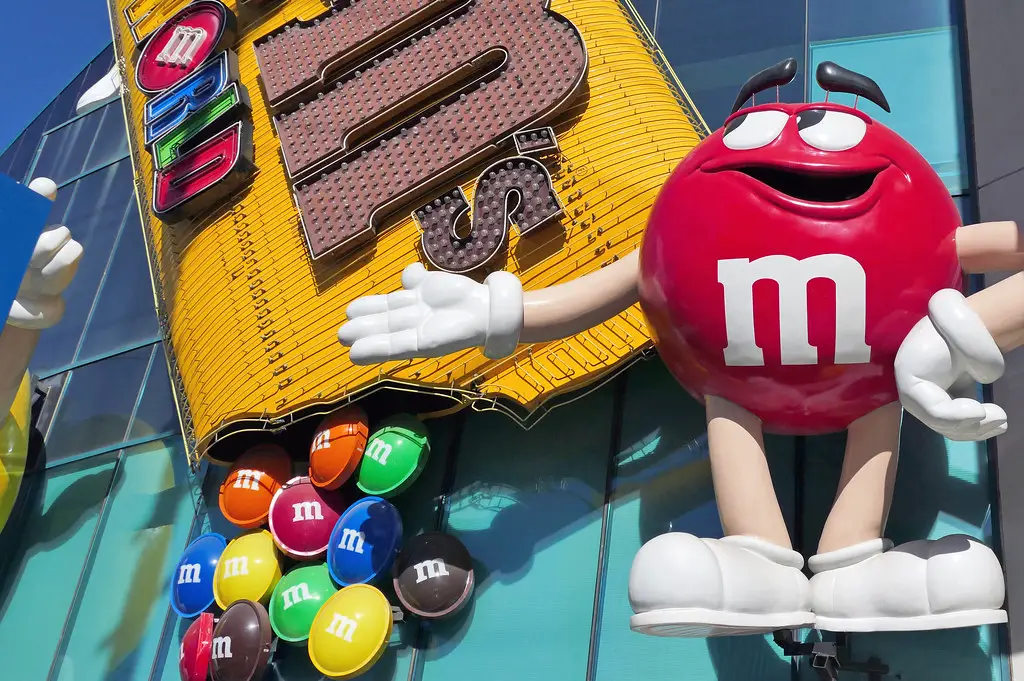
The M&M’s characters, especially the red and yellow M&Ms, have been staples of the candy brand’s commercials for years. Their comedic antics and unique personalities helped humanize the candy and make it a go-to snack. However, with changing tastes in marketing and the emergence of newer digital campaigns, their appearances have become less frequent.
While still present, the characters no longer dominate the airwaves as they once did. Over time, M&M’s advertisements have shifted focus from the characters to a more modern and dynamic approach. Fans of the old commercials might miss the quirky candy personalities, but their presence is no longer as central as it once was.
14. The Burger King King
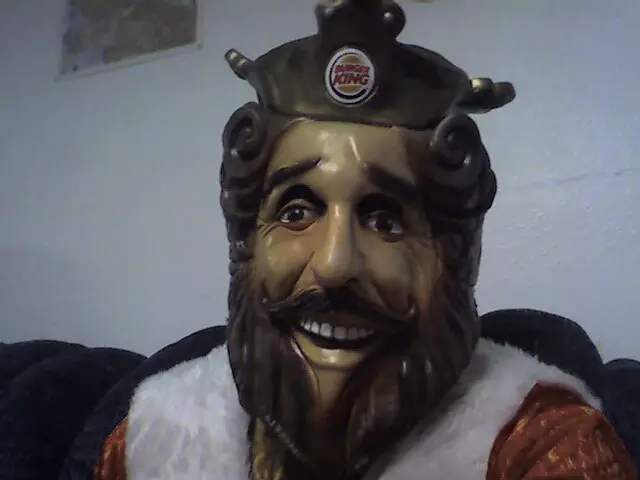
The Burger King King was once a key figure in the fast food chain’s advertisements, known for his creepy, silent presence and unsettling smile. Introduced in the mid-2000s, the character was used in a variety of bizarre and unsettling campaigns. The King’s odd behavior and eerie smile sparked debates about his effectiveness as a mascot.
In recent years, the King has been largely retired, with Burger King opting for new marketing strategies that rely less on characters and more on social media campaigns. Though the King’s legacy lingers, his time in the spotlight is over, and he’s largely disappeared from the public eye, with only occasional nods to his reign in throwback ads.
